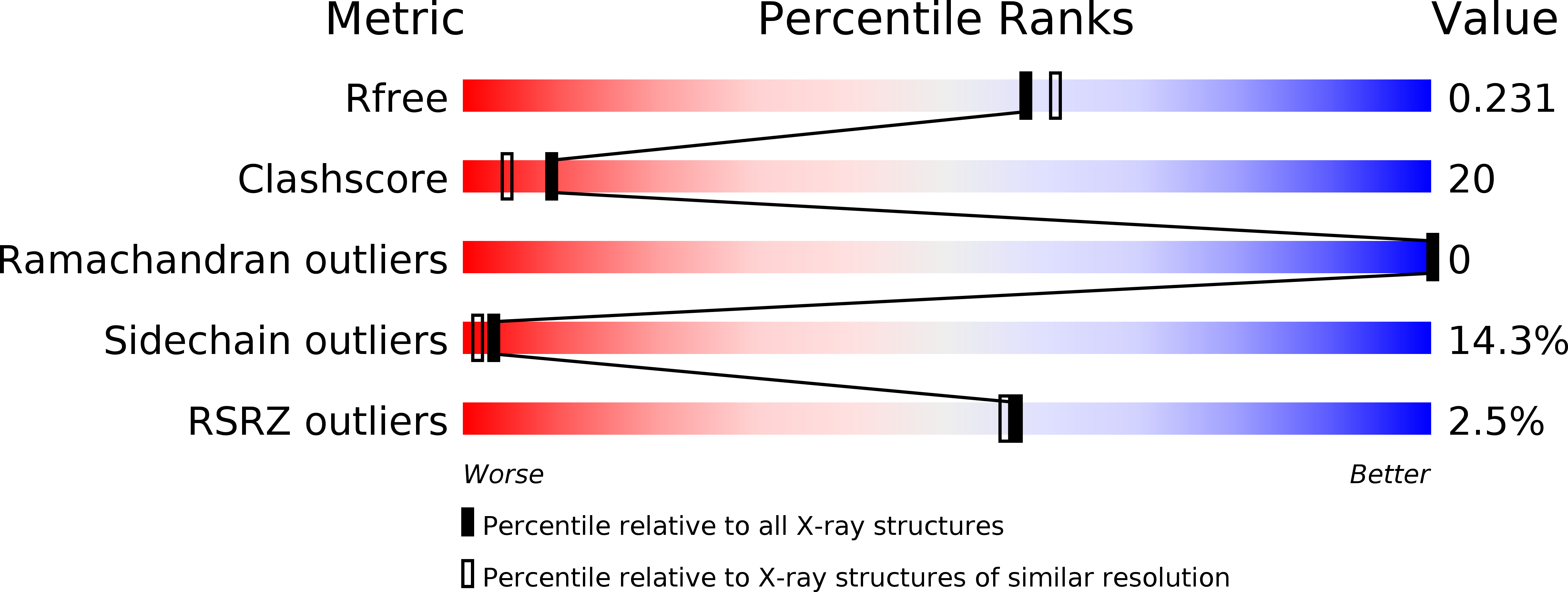
Deposition Date
2014-12-01
Release Date
2015-06-03
Last Version Date
2024-11-06
Method Details:
Experimental Method:
Resolution:
2.00 Å
R-Value Free:
0.23
R-Value Work:
0.21
R-Value Observed:
0.21
Space Group:
C 2 2 21


